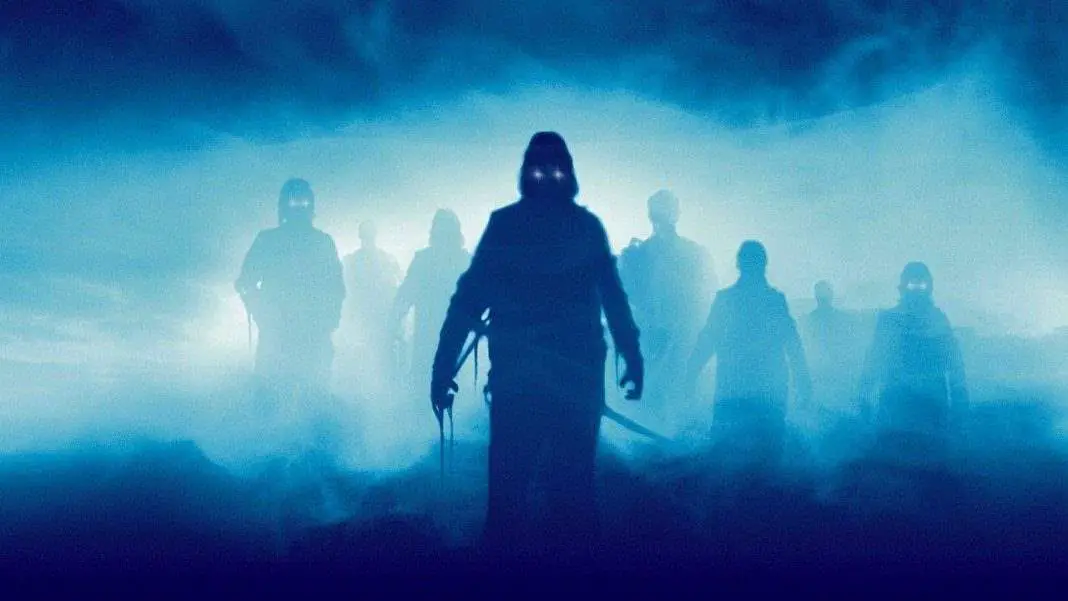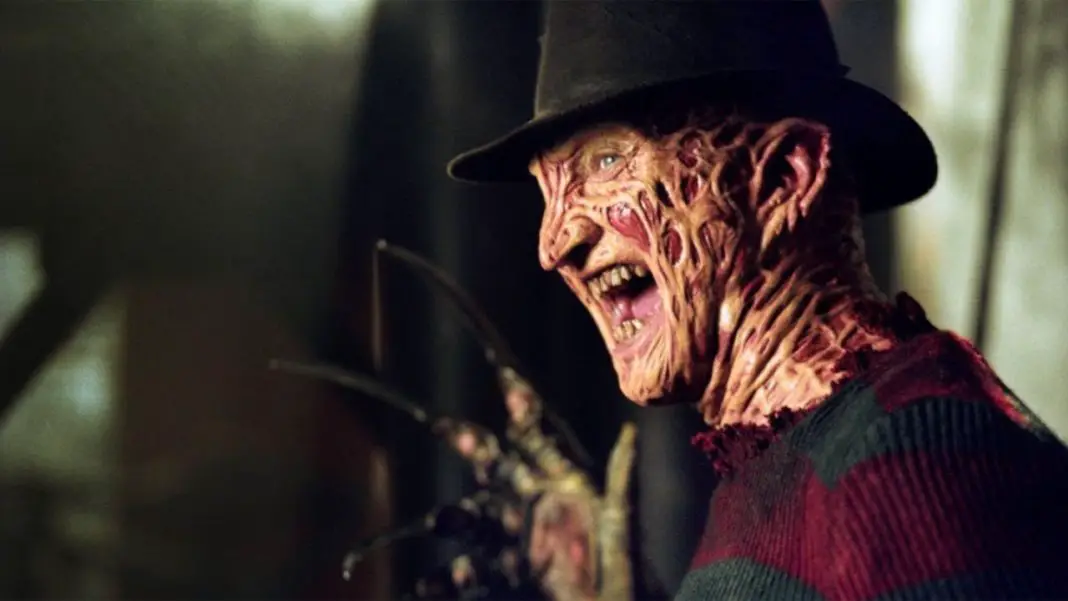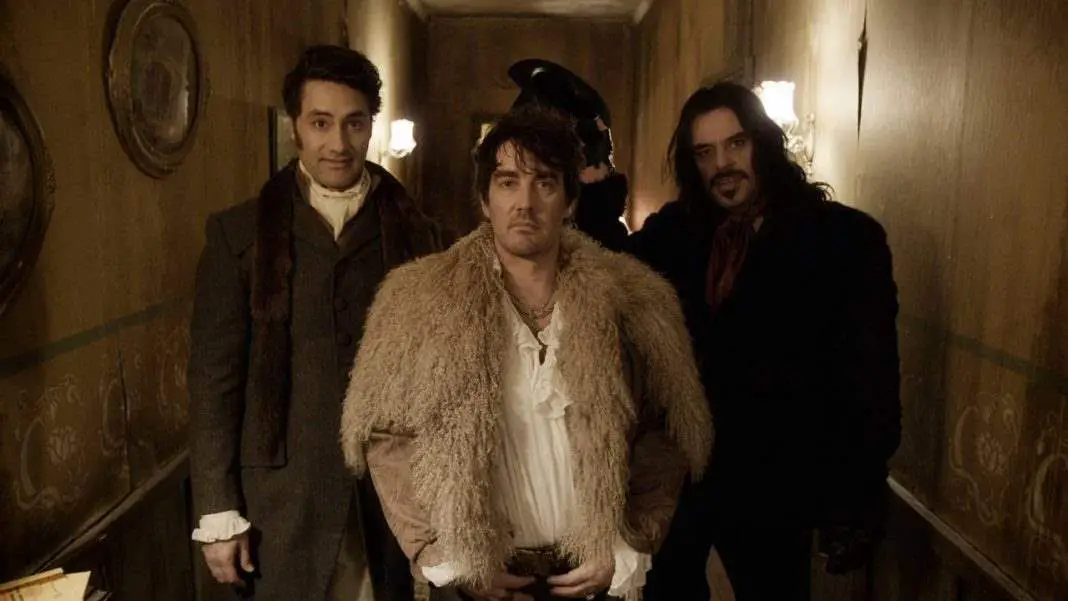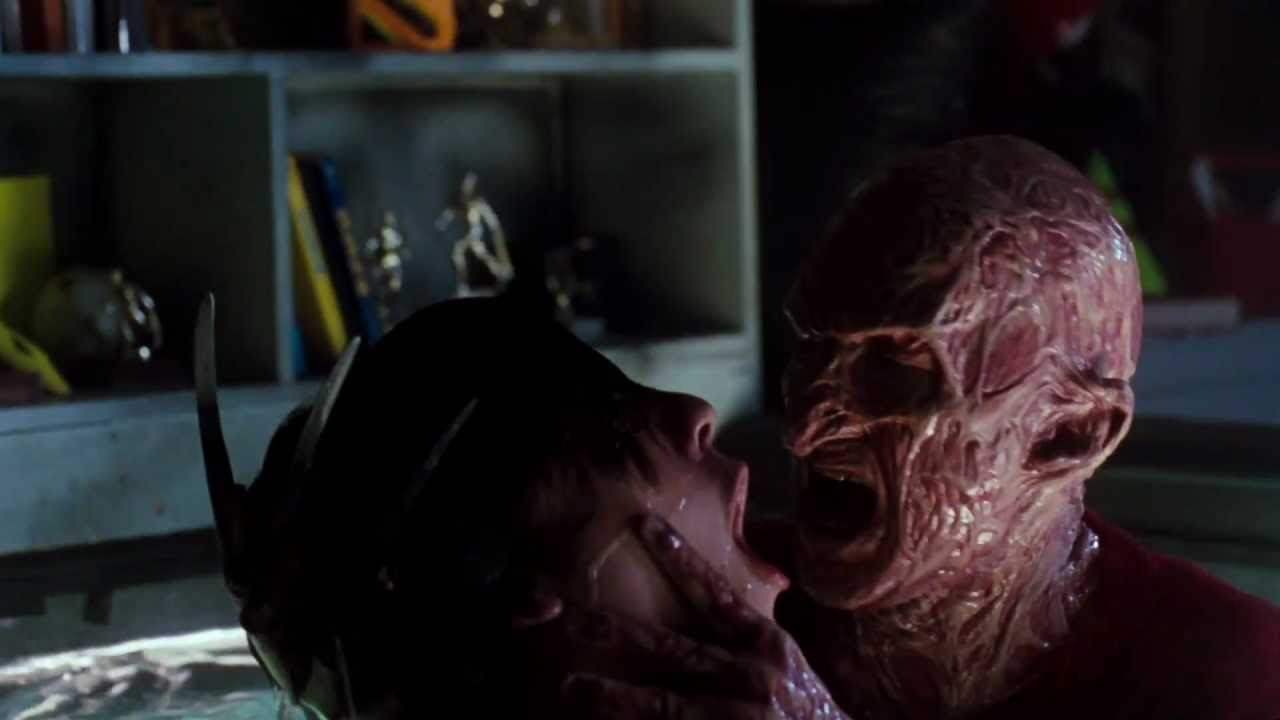John Carpenter found incredible success with Halloween, but it was not a success right away. He moved on to the next project believing that the film had been a flop. The early reviews and the early ticket sales all seemed to support this theory. Beyond that, he didn’t pay much attention. He just assumed it didn’t work, counted his losses and took the next job. But the success of Halloween built and built and could not be ignored. Carpenter, who had gone back to directing made-for-TV movies, had created a major horror hit. People wanted more and given that Halloween was more in line with the kinds of features he wanted to make, the director was happy to oblige. Along with writing partner Debra Hill, Carpenter knew that their next horror project would have to be very different from Halloween. The story needed to stand on its own, have its own atmosphere. Thus, they came up with The Fog.
The Fog focuses on a town with a dark past that comes back to haunt it, this was a ghost story inherently different from Halloween’s focus on escaped lunatic Michael Myers. At the same time, it’s very clearly a film from the director of Halloween. There are a lot of Carpenter signatures here, with the music and cinematography being those that stand out the most.
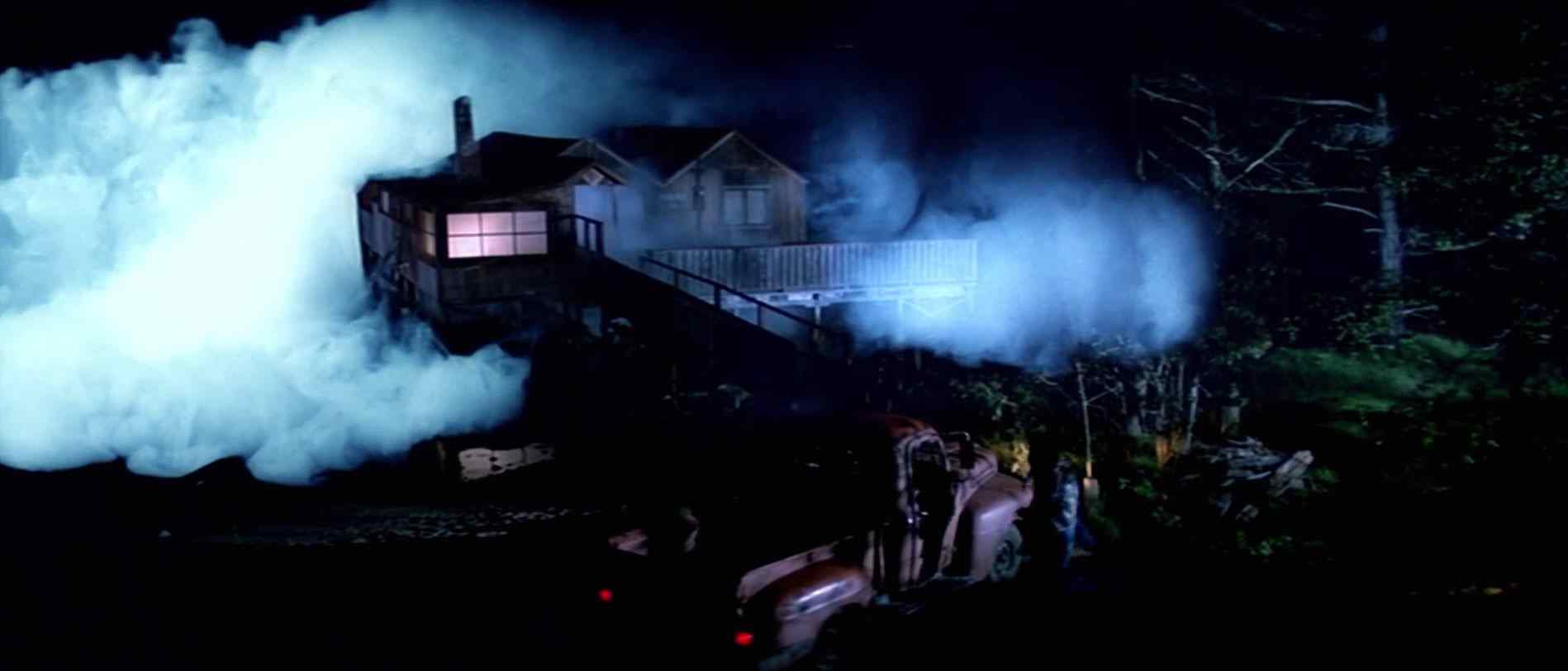
One hundred years later, their angry ghosts have returned to take their revenge. The premise is great, leading into a story about the dark side of small towns. Luckily, there’s a great cast of characters to balance the story out. We get to know and care for these characters, we’re not simply waiting for them to die. At the same time, these ghosts are totally justified in their revenge, which creates a welcome amount of depth.
One of the smartest, most interesting things about The Fog that sets it apart from other horror films is that the protagonist, Stevie Wayne (played by Carpenter’s then-wife Adrienne Barbeau), has no interaction with the rest of the cast. The only person she shares screen with is her son, and that is only for one scene.
 Wayne is the local radio jockey and from her position in the lighthouse, she can see the fog and its changing patterns. She stays in the tower in the hopes that she can save people who might be trapped in the fog and help them try and get out. Even when it moves in toward her house and might claim her son, she does not leave her post because she is focused on saving the entire town. It makes her a very interesting and unfortunately overlooked heroine.
Wayne is the local radio jockey and from her position in the lighthouse, she can see the fog and its changing patterns. She stays in the tower in the hopes that she can save people who might be trapped in the fog and help them try and get out. Even when it moves in toward her house and might claim her son, she does not leave her post because she is focused on saving the entire town. It makes her a very interesting and unfortunately overlooked heroine.
The Fog is also dripping with atmosphere, thanks once again to the team of Carpenter and cinematographer Dean Cundey. They apply the same style here that they brought to Halloween, but are also both aware that this is a very different film. The shots are a little slower in The Fog. The wide frame seems a little emptier here, but not in a bad way. A lot of what we’re seeing are silhouetted figures lost, naturally, in a fog. The fact that we never see much of the ghosts only makes them that much scarier.
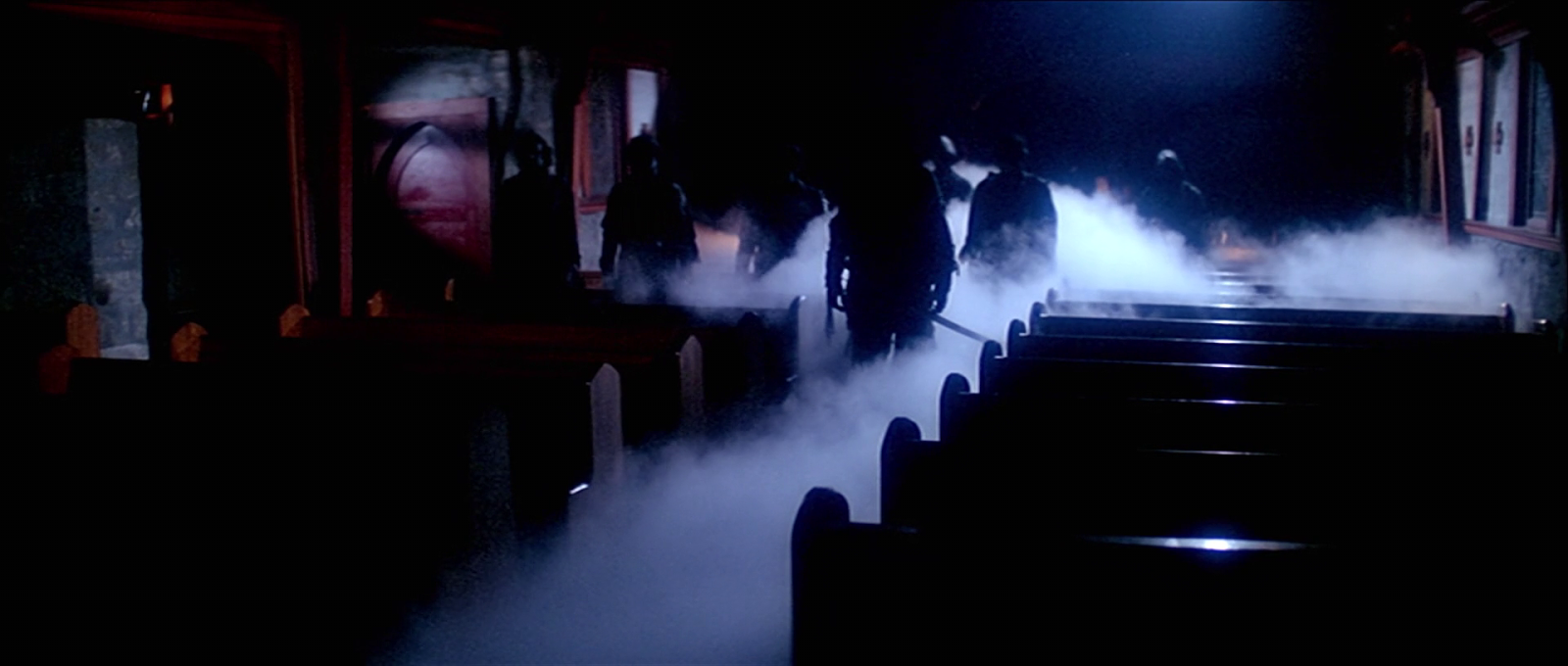 After screening the first cut, investors were not happy with the picture. They had expected something much closer to the director’s previous film. They wanted a faster pace and, in particular, a body count. So most of the death scenes you now see in the movie were added during reshoots. Ultimately, I don’t think they harm it too much.
After screening the first cut, investors were not happy with the picture. They had expected something much closer to the director’s previous film. They wanted a faster pace and, in particular, a body count. So most of the death scenes you now see in the movie were added during reshoots. Ultimately, I don’t think they harm it too much.
It’s still tame, certainly by today’s standards but by the standards of 1980 as well. Especially considering that Friday the 13th came out around the same time, the two are almost night and day different. With The Fog, Carpenter planned to make a supernatural ghost story and in that he totally succeeded. It’s not as loved as Halloween, The Thing and Escape from New York, but it is nonetheless one of the director’s best.
